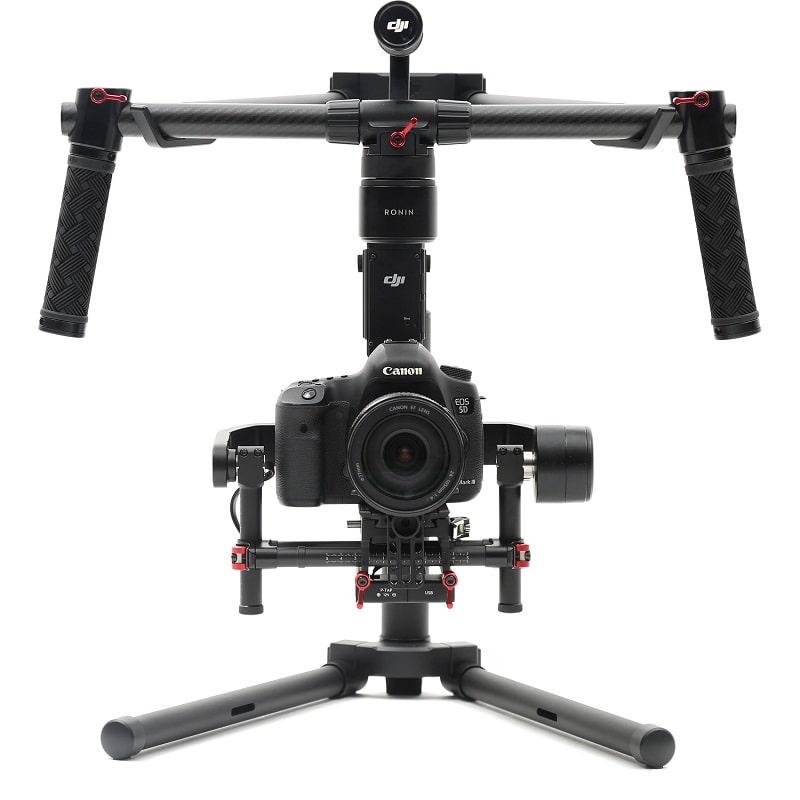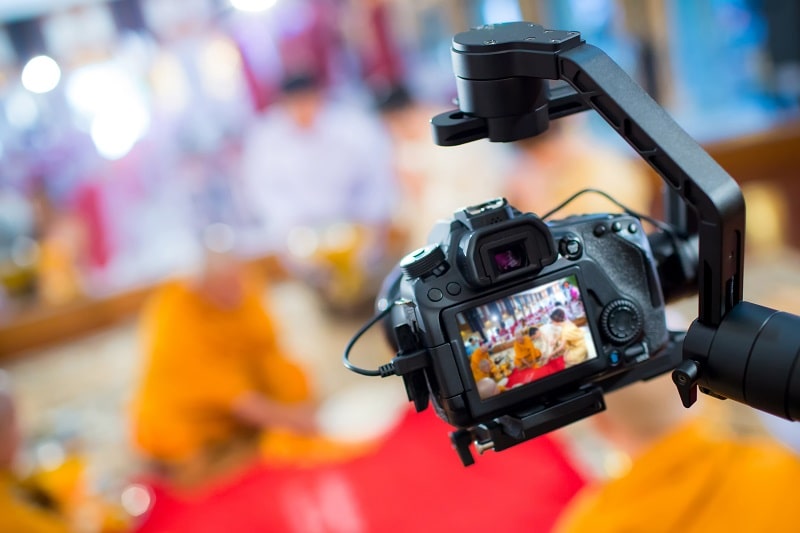Digital cameras are now faster to detect jolts and movements. But expert advice recommends that for your camera to activate its stabilization system, you must first press the shutter button halfway. Blurred images are a common problem that photographers face, whether amateur or experienced. This problem is usually caused by hand movements when capturing images. Also common when using digital cameras with longer shutter speeds or focal lengths.
But fortunately, some digital cameras have become more advanced these days and have excellent features that can get rid of this problem during shooting. A tripod is not necessary because the camera itself can solve the problem immediately called the image stabilization function. In their efforts to increase the stability of photos and videos, camera producers have addressed the concept of image stabilization (IS), a series of strategies that can allow a still image photographer to take 2 4 slower stops (by hand raised) compared to without the IS option.
Contents


This is probably the easiest to use and assemble video camera stabilizer. Users can connect it to their camera and ready, ready to use. These portable stabilizers are great for shooting videos when walking, running, and climbing stairs.
These are the types of stabilizers that you can connect to your vest or waist, giving you two hands-free to operate the camera.
They are straightforward to use and made of lightweight material to be thin. It is perfect for those who use heavy cameras for very long periods at weddings, funerals, functions. Since it can only support a certain weight, you must ensure that the camera is lightweight.
This functionality is possible, thanks to the so-called optical image stabilizer. It is a system composed of sensors that can easily detect the movements made by the camera and a group of lens elements that move to solve the problem.

Thanks to this function, amateur and experienced photographers no longer have to worry about getting blurry images, even during sequential shooting, merely holding the camera with their hands. As such, those who shoot action scenes such as sporting events and wildlife can be sure to capture crisp and clear photos.

It is quite simple to understand. Instead of a light image sensor, the lens body contains floating lens elements. The position of these lens elements controlled by motors coupled to sensors that detect vertical or horizontal rotation of the lens body during exposure, If the lens body rotates upwards, the sensors compensate by telling the motors to lower the floating elements of the lens slightly to maintain the optical path of the radiance passing throughout the lens elements.

If the lens body turned to the left, the lens elements move to the right to compensate. The result is that the image retains its position in the image sensor during exposure, creating a much sharper image than if the vibration reduction system had deactivated (which maybe).
It may seem remarkable that the system can track camera movement so well and is extraordinary, but everything works because camera movement can control approximately every 1/1000 of a second, while camera oscillation occurs on a time scale of, say, 1/30, 1 / 15 or even 1/4 of a second.

The sellers of this image stabilizing lenses claim that the technology allows you to save about 3 to 4 stops at your exhibitions. This medium means that if, for a given photographic situation, the slowest manual shutter speed that results in a correct image is 1/125 of a second, then when adding vibration reduction, you ought to be capable of shooting at 1/15 or maybe even 1/8 of a second. This is a big problem if you take pictures in the shade, or if the light fades, or if you have to close the opening to improve performance.
But image stabilization is only demonstrated in a range of shutter speeds that are neither too large nor too small. If you try to maintain a one-second exposure with your hand, it is unlikely that your VR compensation can follow the irregular movements it provides. Likewise, if you shoot at 1/500 of a second or more, the camera will not be able to oscillate, so the VR system will not add any improvement.
Another thing to remember about vibration reduction is that it relates to compensation for camera movement during exposure. It has nothing to do with the speed of the object you are trying to photograph. Thus, this fast baseball will be represented as a blur unless you capture it in 1/500 of a second.
 |
 |
 |
 |
Check These Out